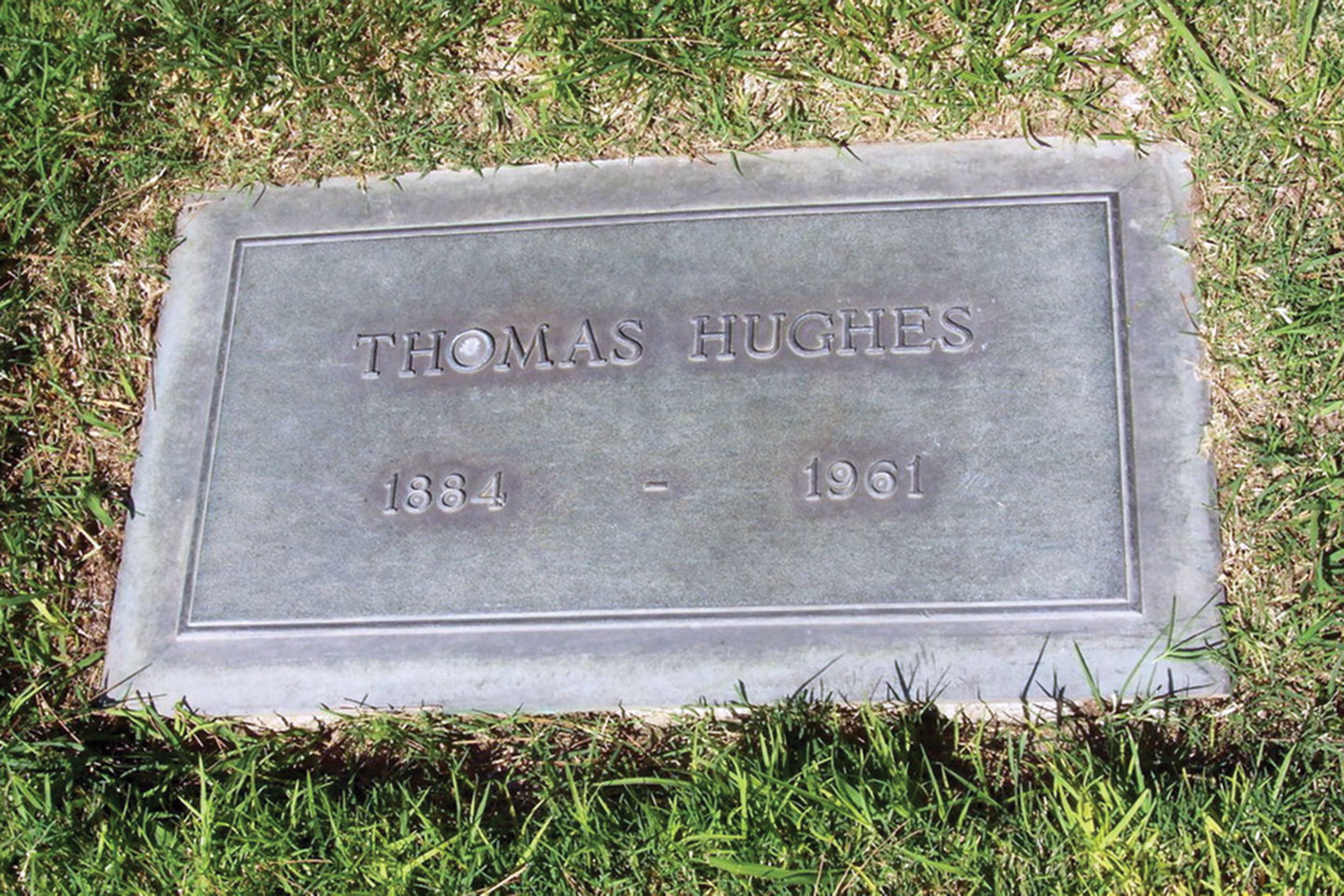Coal Creek-er aided famed 1914 Braves
Fourth of July, 1914, festivities in Boston were probably somewhat quieted by the Brooklyn Robins’ 7-5, 4-3 sweep of a National League doubleheader at the South End Grounds.
Two days later – and just three before a young George Herman Ruth was purchased from the minor-league Baltimore Orioles by the Braves’ in-town AL counterparts, the Red Sox (already with Ouray, Colo.-raised flamethrower ‘Smoky Joe’ Wood) – the less-ballyhooed Beantown boys avenged themselves on the same field by returning the favor, 3 to 1 and 1 to 0.
And though the second victory only boosted Boston back to an even 19-19 at home (and 28-40 overall), the successful showings were the start of what would become what still endures as Major League Baseball’s most incredible midseason reversal of fortune.
Going from worst to first in just two months, the Braves – who’d finished fifth in the NL in 1913 at 69-82 – became the first team to win a pennant after trailing the pack on the Nation’s Birthday, and a fellow from Fremont County, Colorado, helped finish off the wild ride.
The unlikely postseason contenders’ record over their final 85 games – including a 7-0 no-hitter by George ‘Iron’ Davis against the Philadelphia Phillies on Sept. 9, the day after Boston gained the driver’s seat for good – was 66-19 for a winning percentage of .776.
And after capturing the NL flag going away – by 10.5 games over the runner-up New York Giants, and 13 over the third-place St. Louis Cardinals – there would be no slowdown in the Fall Classic.
Cementing their legacy as the “Miracle Braves,” manager George Stallings’ side went on to stun legendary Connie Mack’s heavily-favored Philadelphia Athletics in four games – the first such ‘sweep,’ with Gowdy (who would actually have three stints with the Braves) hitting the only homer – in the 1914 World Series, finished inside the Sox’s Fenway Park rather than the smaller Grounds.
Which wasn’t a problematic shift of scenery for Thomas L. Hughes; brought back up into the bigs late in the season after building a 17-9 record in 262.2 innings of his fourth year with Double-A Rochester (N.Y.), the Coal Creek, Colo., native saw his first major-league action since 1910 in two starts and re-presented the promise with which he’d originally made believers out of the New York Highlanders [now the Yankees] in 1906.
Hughes, in fact, clinched the flag for the Braves by winning the first game he pitched since his Sept. 5 acquisition, edging Chicago 3 to 2 at Fenway on Sept. 29, but his longest-lasting impact came during the two years following the final out of the Braves’ 3-1 defeat of the A’s in the Series’ Game 4.
Born January 28, 1884 [not even two years after Coal Creek’s incorporation as a town], to parents originally hailing from Wales in the United Kingdom, Hughes’ career began back in 1904 in the Class C Missouri Valley League with the Pittsburg (Kan.) Coal Diggers, and also the Topeka (Kan.) Saints.
The Salida High School grad’s up-and-down professional road would also include minor-league stops in Atlanta (Ga.), Montreal, Quebec, and Newark, N.J., before reaching Rochester after his second unspectacular two-year [1906-07, 1909-10] stretch with the Highlanders.
His first pair in the majors’ ‘Senior Circuit,’ however, was of the lightning-in-a-bottle sort.
In 1915 he led the NL in appearances (50), saves (9; calculated in retrospect) and games finished (22) – all the while going 16-14 as a starter, with career-bests 280.1 innings and 171 K’s – and then led the loop in winning percentage (16-3; .842) in 1916.
With Walt Tragesser behind the plate, Hughes threw the Braves’ first no-hitter after Davis’ on June 16 of that year, blanking Pittsburgh 2-0 and getting Pirate superstar Honus Wagner for the final out.
Still the Braves’ career leader in fewest hits allowed per nine innings (6.77), “Salida Tom” last toed major-league rubber on July 17, 1918, and exited the bigs with a 56-39 record in 160 appearances spread out during nine campaigns. He started 87 games, and saw to the finish 55 with nine shutouts.
Also credited with closing 59 contests, Hughes fanned 476 batters, walked just 235 (and plunked 31), and gave up 703 hits in 863 total innings. Tagged for just 245 earned runs, his era was a sturdy 2.56.
Prior to pitching cars in Los Angeles, after also working the insurance business and then helping with aircraft assembly during WWII, baseball allowed Hughes to again hang on in the minors until he finally hung up his spikes for good in 1925, after having played in the Double-A Pacific Coast League for the Sacramento and L.A. clubs since 1920.
Six years after his only offspring, son Thomas, Jr., was killed in a car accident, Hughes, Sr., passed away in L.A. on Nov. 1, 1961 – five days before Golden, Colo.-bred Roy Hartzell, who joined the Highlanders in 1911 – at age 77 and was buried in nearby Glendale’s Forest Lawn Memorial Park.
ADDITIONALLY: Having spent a serious 1912 with the Single-A Western League’s Denver Grizzlies, in which he went 22-9 with a 2.50 ERA and an eye-popping 326 K’s—helping the Grizzlies to a 99-63 record and a 4-1 postseason series defeat of Double-A American Association rulers Minneapolis – Leonard set (and still holds) MLB’s single-season record-low ERA, with an 0.96 achieved in … yes … 1914.
Leonard’s sudden explosion in the Mile High City came in his first pro season; he’d previously played (and studied) collegiately at Moraga, Calif.-based St. Mary’s from 1910-11.

